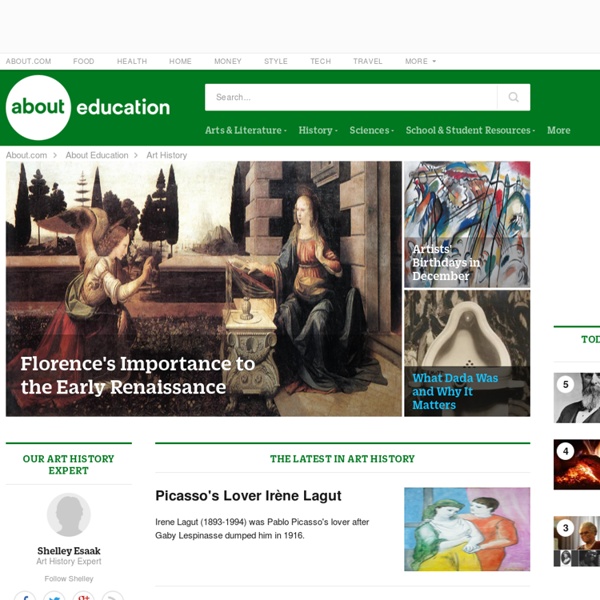



André Breton Da Wikipedia, l'enciclopedia libera. André Breton André Breton (Tinchebray, 19 febbraio 1896 – Parigi, 28 settembre 1966) è stato un poeta, saggista e critico d'arte francese. Noto come poeta e teorico del surrealismo, che favorì con la stesura dei manifesti e curando riviste, mostre e incontri. Biografia[modifica | modifica sorgente] Nel 1900 la famiglia si trasferisce a Pantin (al 33 di rue Étienne-Marcel) e André frequenta l'Istituto religioso Sainte Elisabeth fino al 1902, anno in cui entra a far parte della scuola comunale di Pantin dove si dimostra un ottimo allievo. Nel 1907 si iscrive al College Chaptal di Parigi come esterno e continua ad ottenere buoni risultati soprattutto in tedesco. Nel 1913 si iscrive alla facoltà di Medicina e continua a comporre versi, alcuni dei quali saranno pubblicati sulla rivista "La Phalange", e nello stesso anno si mette in contatto con Paul Valéry al quale sottopone le sue composizioni per avere un giudizio critico. "Surrealismo, s.m.
Excel Tutorials Excel - Spreadsheet Help Spreadsheet - Tips and Tutorials Plays / Drama Mario De Micheli , Alberto Sughi, Per un'immagine non illusiva dell'uomo albertosughi.com Mario De Micheli, Alberto Sughi, Per un'immagine non illusiva dell'uomo Alberto Sughi, Personaggio immaginario, acrilico, 1969 " ... Ma il tema della solitudine ne portava un altro con sé, che ne è la diretta conseguenza: il tema dell'incomunicabilità: l'uomo e la donna che la convenzione sociale del matrimonio obbliga a una vita di stretti rapporti anche quando ogni rapporto è distrutto; o gli amanti, dove l'incomunicabilità è ancora più profonda, avendo radice sin nell'oscura disperazione dell'essere; gli amanti che nella ricerca di confondersi l'un l'altro, di giungere all'identità della passione, si distruggono in torbidi assalti; o gli amici, seduti vicini, nella luce di un giardino o nella pace serale di una terrazza, ma fissi, assorti, quasi sigillati nel proprio silenzio, nella propria muta, invalicabile frontiera di inibizioni. M. Tratto da M.
Bestselling Books - Reviews and Resources on Bestsellers About Poetry - Poets, Poems, Poetics, Contemporary Poetry and Poetry History Bruce Nauman Bruce Nauman (born December 6, 1941) is a contemporary American artist. His practice spans a broad range of media including sculpture, photography, neon, video, drawing, printmaking, and performance. Nauman lives near Galisteo, New Mexico. Life and work[edit] Confronted with “What to do?” Nauman began in the 1960s with exhibitions at Nick Wilder’s gallery in Los Angeles and in New York at Leo Castelli in 1968 along with early solo shows at the Los Angeles County Museum of Art and the Whitney Museum in 1972. His Self Portrait as a Fountain (1966) shows the artist spouting a stream of water from his mouth. Selected works[edit] Some of Nauman's best-known works include: Exhibitions[edit] In 1966, the Nicholas Wilder Gallery, Los Angeles, held Nauman’s first solo exhibition of fibreglass sculptures just before the artist received his master's degreeIn 1968, the Leo Castelli Gallery, New York, and the Galerie Konrad Fischer, Düsseldorf, initiated a long series of solo shows. Collections[edit]
Free Cross Stitch Patterns and Lessons from About.com Cross Stitch - Free Counted Cross Stitch Patterns and Lessons Quotes Quotations ARTE.GO - Chagall tra cielo e terra - Chagall entre ciel et terre Chagall tra cielo e terra 06/07/07 > 19/11/07 - Martigny - CH Per celebrare il centoventesimo anniversario della nascita dell'artista - l'inaugurazione avrà luogo proprio in quel giorno - la mostra di questa estate fa eco alla grande rassegna del 1991 Chagall en Russie, ricca di opere create dall'artista negli anni trascorsi nel suo Paese natale. Il pubblico di quell'esposizione scoprì per la prima volta i sette pannelli del Teatro ebraico di Mosca, restaurati grazie al contributo della Fondation Pierre Gianadda, che sono stati in seguito ammirati in musei e sale d'esposizione di tutto il mondo. «... sebbene a volte io abbia l'impressione di essere un altro, di essere nato tra cielo e terra e che il mondo sia per me un grande deserto nel quale la mia anima si aggira come una fiaccola, posso dire che, nel corso della mia vita, ho fatto questi dipinti all'unisono con questo sogno lontano» scrive Marc Chagall nel 1973 del suo percorso umano e artistico. Chagall tra cielo e terra
Sewing At About - Free Sewing Patterns & Projects, Learn How to Sew, Sewing Machine and Serger Information, Free Sewing Lessons & More Shakespeare – Free Shakespeare Resources for Students and Teachers Stromsund e Tärnaby Itinerario in moto in Svezia e Norvegia con un percorso di 600 km da Stromsund a Stokkvagen. Visualizzazione ingrandita della mappa Itinerario from: Strömsund, Svezia to: Dorotea, Svezia to: Vilhelmina, Svezia to: Storuman, Svezia to: Tärnaby, Svezia to: Mo i Rana, Norvegia to: Stokkvagen, Norvegia Percorso (1/8/2008) Per variare un po' il percorso di andata verso Capo Nord, in questa tappa si lascia la Svezia per passare alle coste della Norvegia in prossimità del Circolo Polare Artico. Subito dopo Tärnaby si supera il confine tra Svezia e Norvegia e la strada comincia a scendere verso la costa per raggiungere il mare a Mo i Rana. Qui inizia a vedersi il paesaggio che ci accompagnerà fino a Capo Nord, con paesi di poche case e negozi non frequentissimi. Lago in prossimità di Tärnaby Mare a Mo i Rana L'inizio della Rv17 presso Stokkvagen Tunnel norvegese Continua